Blog
African Spear Plant
African Spear Plant
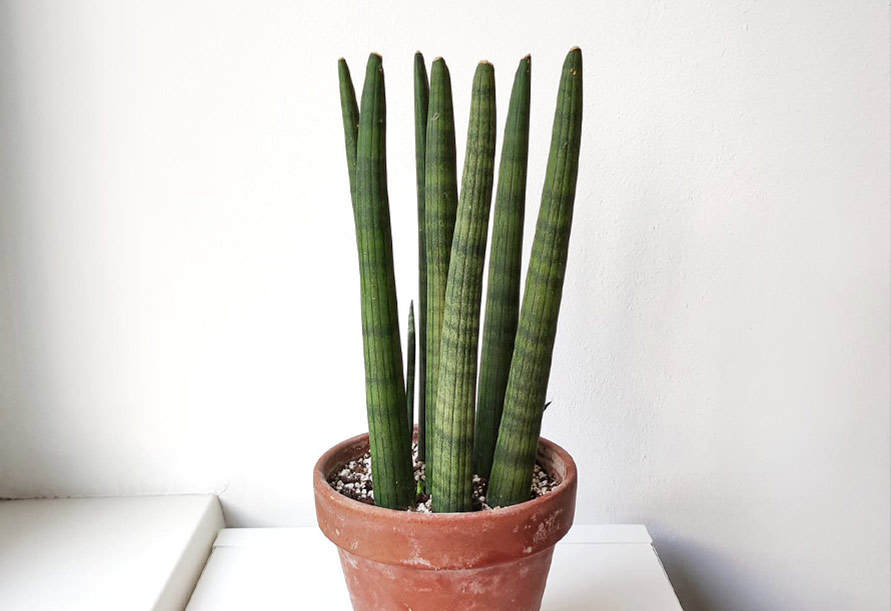
African Spear is a group of succulent plants known as Sansevieria cylindrica. This plant has many fans due to its beautiful appearance and benefits, such as an air purifier. African Spear is a plant with long and relatively thick leaves, which differs from other houseplants in the shape of its stems. This beautiful plant has underground stems, and this has caused its leaves to grow directly from the soil. The properties of Sansevieria are very similar to those of cacti and, like them, can hold large amounts of water in its stems and leaves for a long time. You can see a beautiful combination of yellow and green colors in almost all species of this plant, which is the main beauty factor of this plant. In this article, we want to make you more familiar with the storage conditions of Sansevieria houseplants. Please read on with Alo Plant.
| Jan | Feb | Mar | Apr | May | Jun | Jul | Aug | Sep | Oct | Nov | Dec | |
|---|---|---|---|---|---|---|---|---|---|---|---|---|
| Sowing | ||||||||||||
| Planting |
| J | F | M | A | M | J | J | A | S | O | N | D | |
|---|---|---|---|---|---|---|---|---|---|---|---|---|
| Sowing | ||||||||||||
| Planting |
| Botanical Name | Sansevieria cylindrica |
| Common Name | African spear plant, cylindrical snake plant, spear sansevieria |
| Plant Type | Succulent |
| Pet / Baby Safe | Toxic to humans and pets |
| Sun Exposure | Full, partial |
| Hardiness Zones | 10 and 11 |
| Bloom Time | Sporadic |
| Soil Type | Sandy, well-drained |
| Soil Amendments | text here |
| Types of Fertilizer | text here |
| Flower Color | White |
| Foliage Color | dark green in color, some with green-grey variegation |
| Plant Height | 48–72 in. tall, 12–24 in. wide |
| Native Area | Africa |
Introduction to African Spear Plant
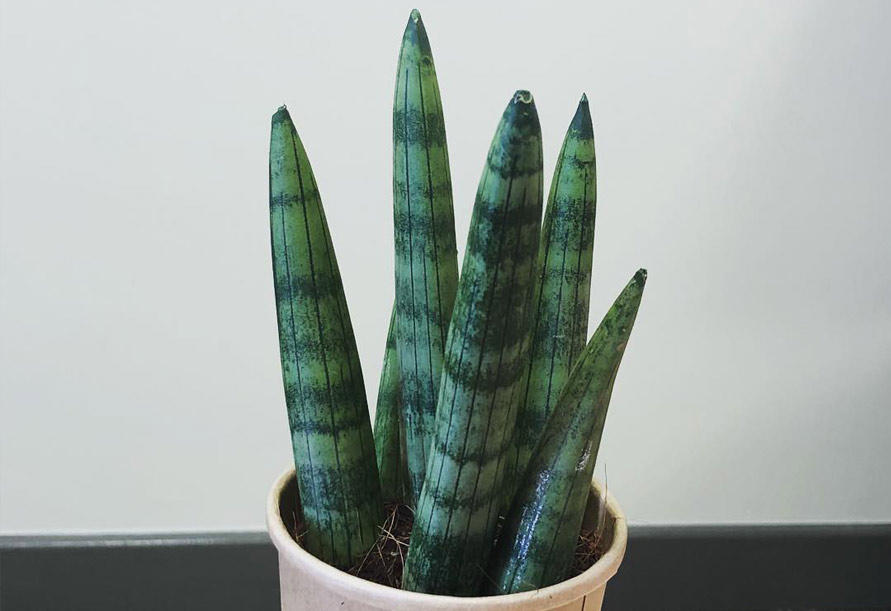
As mentioned, African Spear is a subset of succulents in terms of plant species and, therefore, in some respects, is very similar to plants of this family (succulents). This plant’s high resistance to dehydration and evergreens are standard features in most African Spear species. The primary habitat of this plant belongs to the tropical regions of South Africa, and in this place, it generally grows as a shrub. African Spear can quickly grow in small pots, so the lower stems are close together.
The temperature required to maintain the African Spear Plant
African Spear is resistant to both temperature and humidity, and humidity and temperature, more or less, have little effect on its growth. Still, to provide the best conditions for the plant, it is necessary to keep it in an environment with a balanced temperature and low-temperature changes, and moderate humidity. In addition, the plant should not be exposed to wind, cooling, and heating devices. In general, it can be said that the best temperature for the growth of this plant is at temperatures of 20 to 30 degrees Celsius.
Irrigation conditions of African Spear Plant

African Spear species are generally sensitive to high irrigation and during the warm months, watering once or twice a week will suffice. It is better to note that the cooler the air and the less light the plant is exposed to, the less irrigation we should reduce.
Suitable light for African Spear Plant
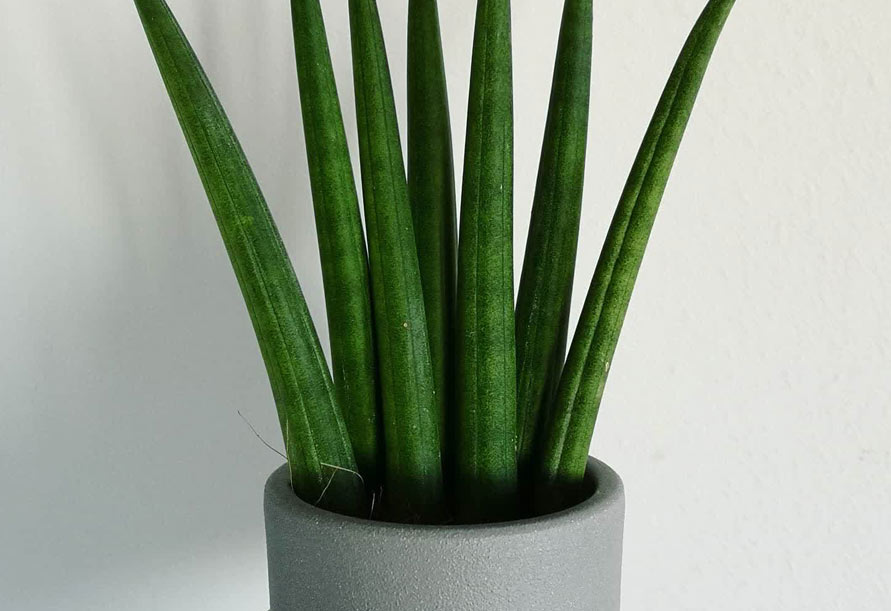
African Spear tolerates more or less light well and can be stored in full or partial shade so that African Spear can be grown in the workplace or the room, do not worry if you do not have enough light in the African Spear storage environment; It can also be maintained with special bulbs for plant growth. Medium-light, i.e., one to two meters away from the southern windows, is a good place for this plant to grow. Intense and direct sunlight in spring and summer can burn its leaves.
How to prune withered leaves of African Spear Plant
African Spear plants are remarkably hardy and grow very slowly, so they tolerate pruning well at any time of the year. However, to give your plant the best chance of growth after pruning, it is best to do this when it has ideally grown in the spring or early summer.
The moisture content of the African Spear Plant
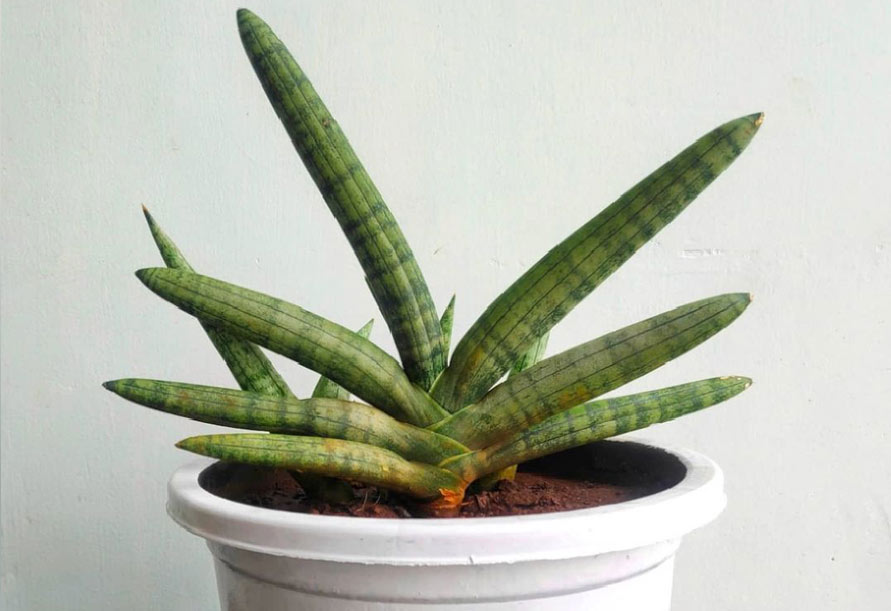
This plant does not need moisture and loves dry weather. Due to the high humidity, the plant will be destroyed. Of course, once a month, clean the leaves with a damp cloth or sponge to make the leaves shiny and beautiful and absorb light and breathe more easily for the plant.
Soil suitable for keeping African Spear Plant
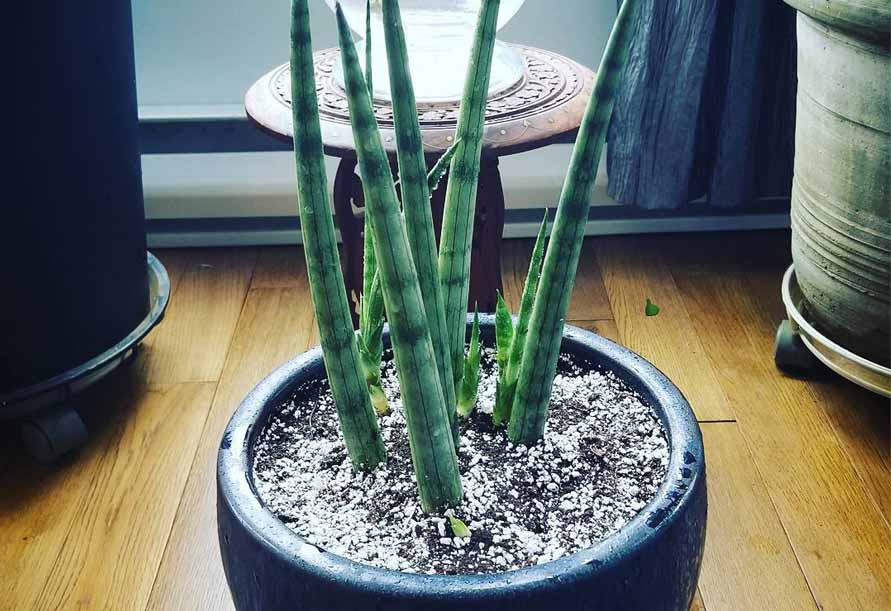
Plants of the African Spear family prefer soft soil well-drained and drains quickly. This plant grows better in sandier soils. The soil of this pot should have less fertilizer because fertilizer prevents the soil from draining properly from the added water. Multipurpose soils or cactus soils are a good choice for this plant.
How to fertilize African Spear Plant
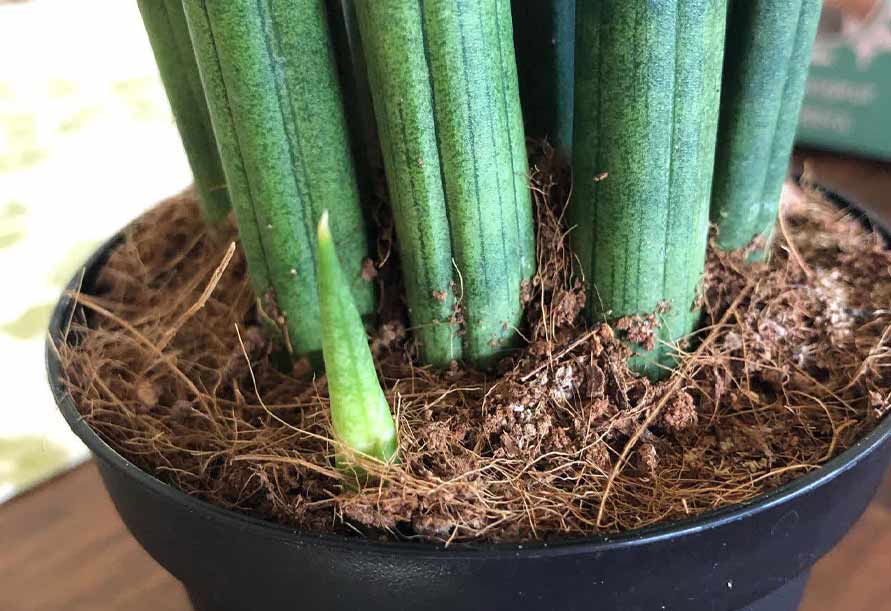
African Spear begins to produce stalks when it is sure that its roots are filling and substantial. So it is better to speed up this process by using amplifiers. Phosphorus is good for root growth and is found in many fertilizers. N-P-K fertilizers contain a lot of phosphates, and you can use them to produce roots.
African Spear Plant Reproduction
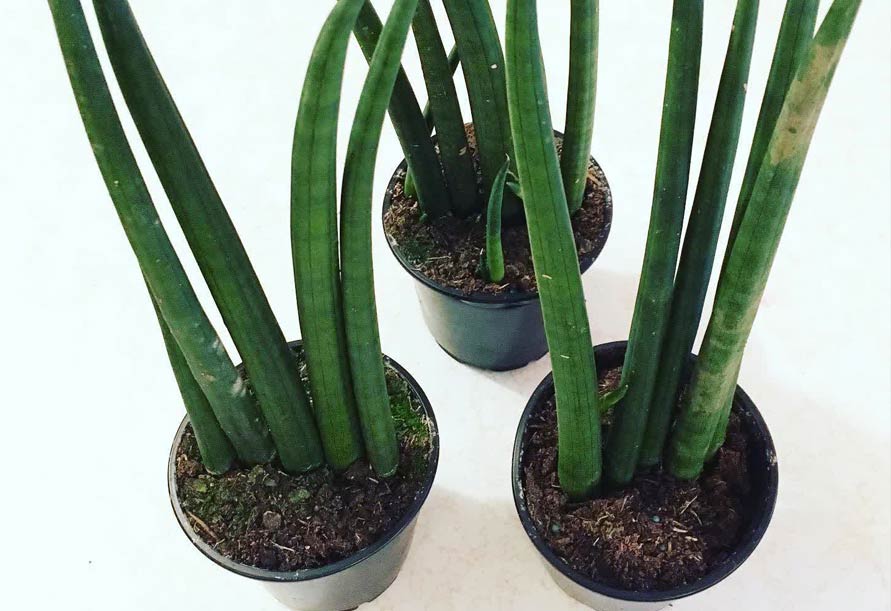
African Spear plants, including the snake plant, can be easily divided and propagated when changing pots. You can remove the new branches in the pot and plant them in another pot. Cuttings are another way to propagate this plant, but root division is the best way to propagate African Spear.
The most common African Spear Plant threatening pests

Two types of pests threaten the African Spear plant. Flour beetle and baby spider. They suck the sap of the plant and gradually cause the leaves to plasticize, and if you do not destroy them in time, they can beat the plant. Sometimes they may cause cavities and wounds on the leaves, causing them to become so sensitive that the plant will not be resistant to the slightest pest or disease and die.
The solution to getting rid of these pests is simple! Flour beetles are visible. So check the plants and if you see them, remove them from the plant by hand. You can spray a little alcohol on the surface of the leaves to prevent the attack of the mealybug. But in the case of baby and spider eggs, you should always keep the leaves clean. So wash them regularly with water. Try to increase the humidity of the ambient air because it keeps insects and pests away from the plant.
Conclusion
African Spear has always been one of the most attractive options in homes and apartments. This species belongs mainly to the tropical regions of South Africa and is a poisonous plant for pets and babies. You can breed and propagate them by knowing their maintenance systems, such as suitable ambient temperature, soil conditions, and suitable distances for irrigation. In this article, we wanted to give you a reasonably comprehensive overview of maintaining an African Spear. If you have any questions or concerns about this issue, don’t hesitate to contact us in the comments section.
RELATED POSTS













